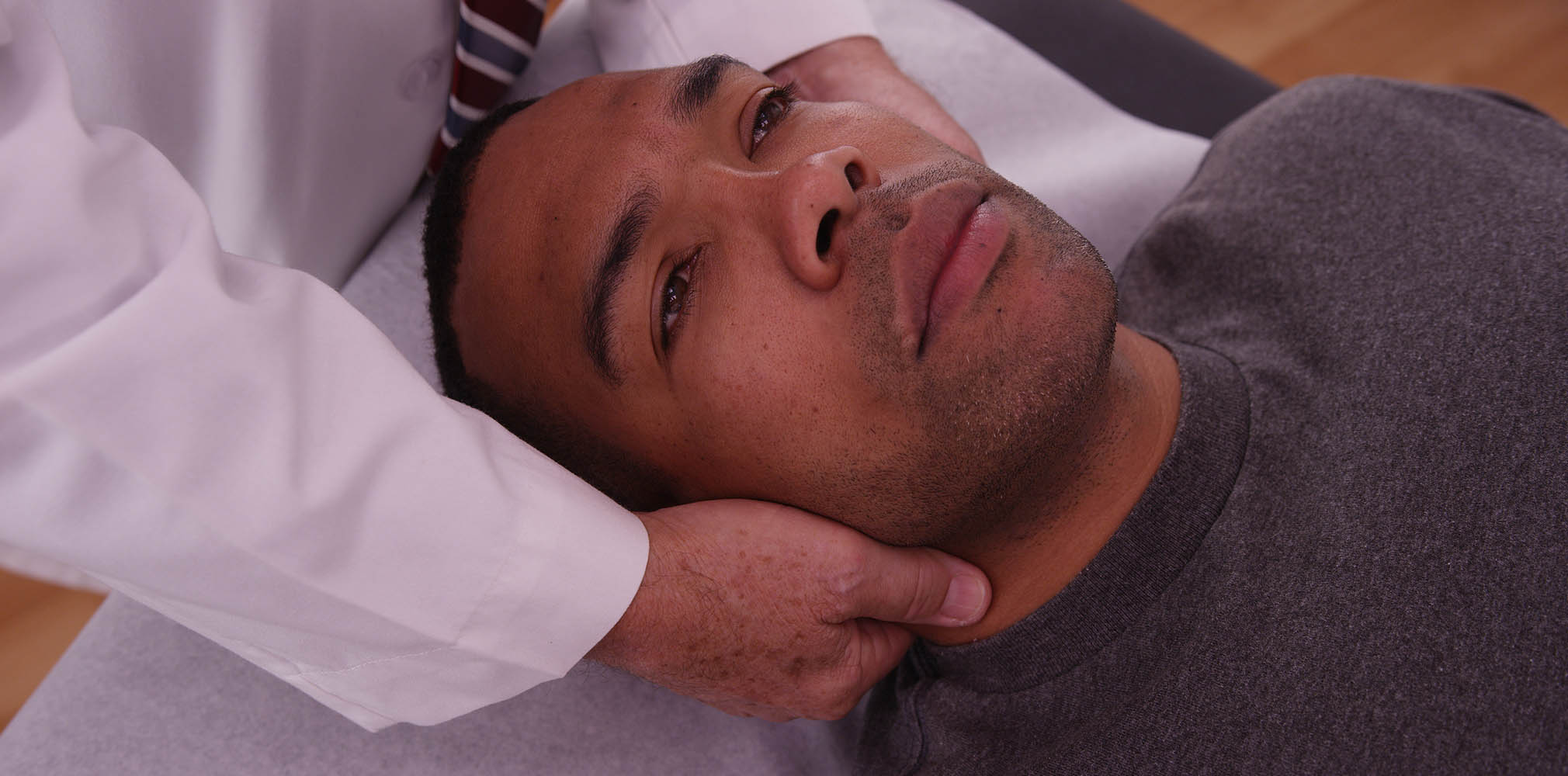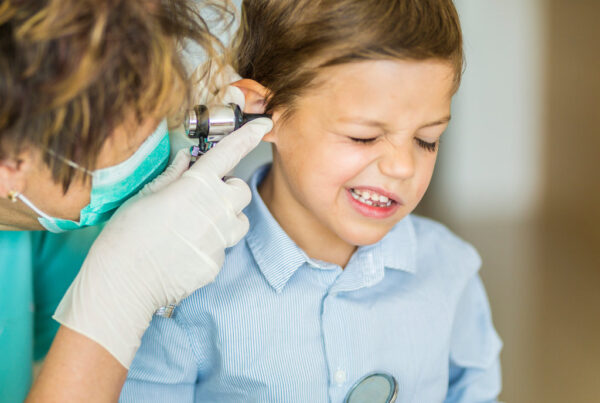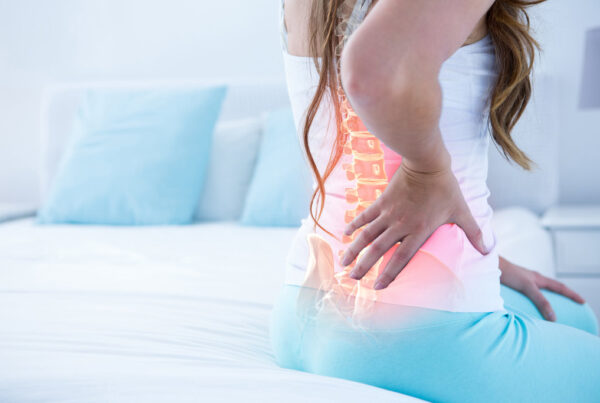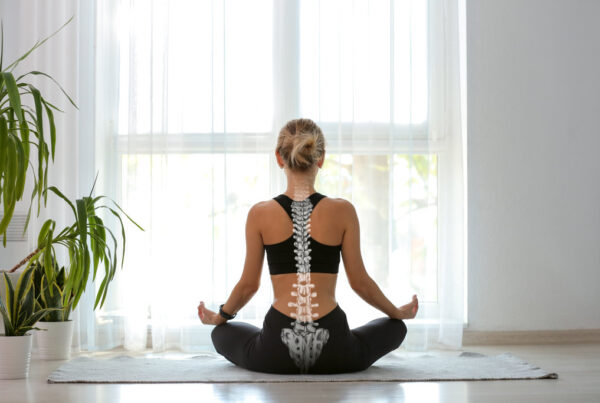
With the impending invasion of sweaters, falling leaves and pumpkin-spice everything comes an entirely unwanted guest for the winter season: Seasonal Affective Disorder (SAD). Studies report a range of 4-20% of the US population may be affected by the disorder each year, with instances increasing in correlation to distance from the equator.1 Seasonal reduction in exposure to natural light is widely thought to cause our bodies to react with symptoms such as mood changes, appetite changes, weight and sleep increases, as well as gains of social, mental and physical stresses.2
Chiropractic Care for SAD
These kinds of stresses can often cause tensed muscles and spinal misalignment, while more advanced subluxations can be exacerbated by the increases in stress.3 The pain associated with alignment issues can make it even harder to improve mood, exercise or get good quality sleep. Chiropractic adjustments improve spinal mobility and release endorphins 4 in the body, which can not only alleviate pain but also can help you get better sleep, decrease irritability while also increasing energy 5 and mental clarity.6
Upper cervical adjustments help address depressive symptoms, as misalignments in the first three vertebrae can affect the nervous system and body chemistry by creating pressure on the brain stem. Localized or radiating vertebrae pain can be relieved by a variety of adjustment techniques, which can include gentle, slowly applied pressure, a quick, precise application of force or a firm, deliberate adjustment, amongst others. Chiropractic care can involve a combination of techniques to approach each patient’s needs for the ailments of SAD.
Other Treatments for SAD
In addition to chiropractic, other good tips for beating the winter blues include:
- Getting outside for at least 20 minutes daily to increase vitamin D intake.3
- Getting regular exercise (at least 20 minutes daily), preferably while outside.
- Light therapy can help kickstart the circadian rhythm by providing high-intensity light in the form of light boxes, 7 which can be easily incorporated into daily activities, such as eating, getting dressed or while at work. Schools like University of Washington 2 and University of Maryland 8 offer light therapy to students at no charge.
Talk to Dr. Andrew and Dr. Ashley at Pangea Chiropractic about how chiropractic care in Bend can help with Seasonal Affective Disorder.
Sources:
1 https://www.nami.org/About-NAMI/NAMI-News/Less-Sunlight-Means-More-Blues-for-Some
2 https://wellbeing.uw.edu/livewell/health-ed/mental-health/
3 https://www.chiroone.net/bewell/Chiropractic_Tips_for_Beating_Winter_Blues
4 https://www.chiroone.net/bewell/winter-blues-what-is-seasonal-affective-disorder
6 https://www.normanrosenthal.com/blog/2012/01/seasonal-affective-disorder-light-therap/






